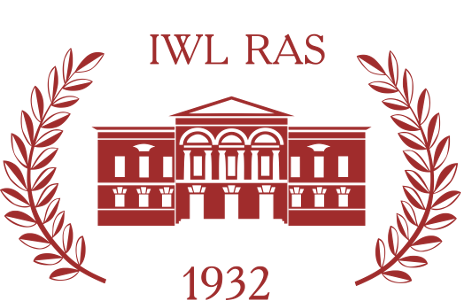About the author:
Marina A. Khatyamova, DSc in Philology, Professor, National Research Tomsk State University, Lenin Avenue, 36, 654050 Tomsk, Russia.
ORCID ID: https://orcid.org/0000-0003-4373-4461
E-mail:
Abstract:
The tale (‘skaz’) is a rare object of interest for Bunin, therefore the organization of narration in the stories “The Good Life” (1911), “About the Fool Emelya, Who Came Out Smarter” (1921), “Rafter Man” (1930), “Iron Wool” (1944), representing different stages of work, is aesthetically significant and allows one to trace the narrative dynamics of the writer’s prose as a whole. While in the first three works the author chooses a characteristic ‘skaz’ as a way of self-exposure of the people’s consciousness, the folklore stylization in the latter serves to depict the conditioning of the author’s consciousness by national mentality and tradition. A characteristic tale used by Bunin in the 1910s and 1930s in order to discover and comprehend external reality (personality psychology, socio-historical modernity, national being) later gives way to folk stylization as a tool for discovering cosmic Eros in the archaics of national consciousness and in the unconscious of the author — the bearer of the archetypal structures.


